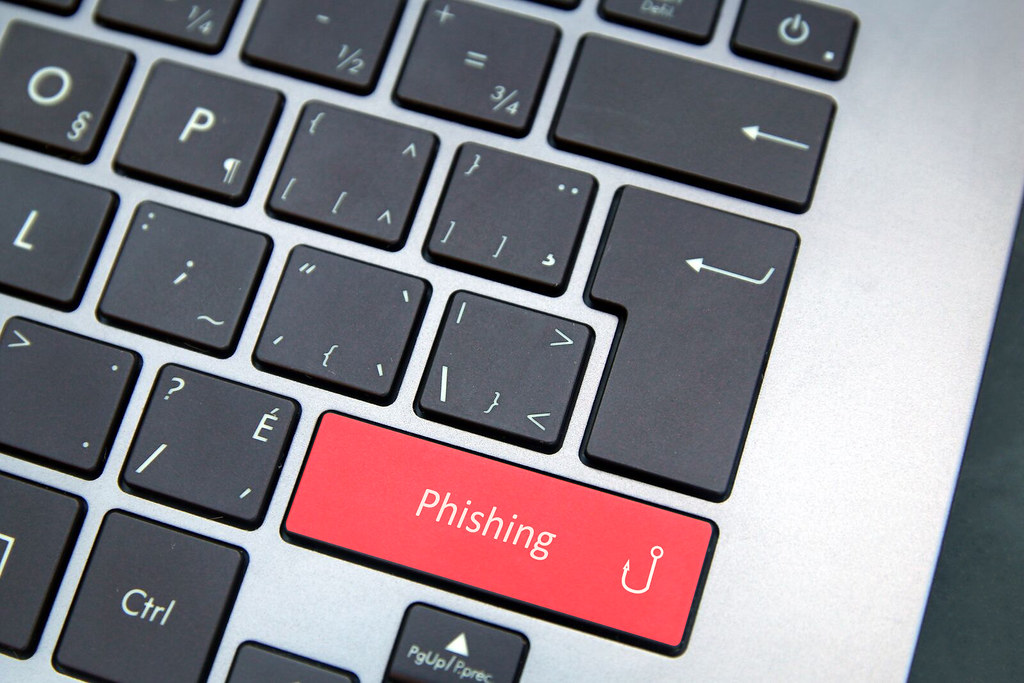Phishing, a term that’s become synonymous with cyber threats, has been plaguing the digital realm for decades. But why, despite the rapid advancements in technology, does phishing remain so effective? The answer lies not in technology, but in us – the humans behind the screens.
A Brief Dive into the Past
Phishing’s history can be traced back to the dawn of the internet. Over the years, as our digital footprints expanded, so did the tactics of cybercriminals. From rudimentary email scams to sophisticated spear-phishing campaigns, the evolution of phishing parallels our own journey in the digital world.
The Human Element
People are often termed the ‘weakest link’ in cybersecurity, not due to inherent flaws, but because of natural human limitations. These limitations make us susceptible to manipulation and deceit. Cybercriminals recognise this and have perfected strategies that exploit our behaviour, our trust, and our fears.
Combatting Phishing: Beyond Technology
While technology plays a pivotal role in defending against phishing attacks, addressing the human risk is paramount. Here are some ways to mitigate human-centric risks:
- Awareness Training: It’s not enough to merely inform. Effective training should encompass the entirety of human decision-making processes. It should be immersive, relatable, and continuous.
- Phishing Simulations: Practical experience is one of the best teachers. Simulated phishing attacks can serve as both an educational tool and a metric to gauge awareness levels. However, it’s essential that these simulations prioritize education over mere testing.
- A Collaborative Approach: Consider employees not just as potential victims but as the first line of defense. Empower them with knowledge, involve them in awareness campaigns, and most importantly, foster a culture of open communication.
Final Thoughts
As we march forward in the digital age, it’s crucial to recognize that the battle against phishing is as much about understanding human behavior as it is about technological defenses. By addressing the human risk, we not only fortify our defenses but also pave the way for a safer, more informed digital community.
For those seeking to ensure they remain safe:
- Stay Updated: Regularly update your software, applications, and devices. Cybercriminals often exploit outdated systems.
- Two-Factor Authentication: Always enable two-factor authentication where possible. This adds an additional layer of security.
- Suspicion is Healthy: If an email or message seems off, it probably is. Always verify unsolicited requests for personal or financial information.
- Educate and Share: Stay informed about the latest phishing techniques and share this knowledge with friends, family, and colleagues.
- Data Management: Be conscious of where and how you store personal data. Consider using encrypted storage solutions and avoid sharing sensitive information online.
Remember, in the world of cybersecurity, knowledge is power. The more informed and cautious we are, the harder it becomes for cybercriminals to succeed.

